Rising Demand for Customization
The in mold-labels market experiences a notable surge in demand for customization, driven by consumer preferences for personalized products. As brands strive to differentiate themselves, the ability to create unique labels that reflect brand identity becomes crucial. This trend is particularly evident in sectors such as food and beverage, where packaging plays a vital role in attracting consumers. According to recent data, the customization segment within the in mold-labels market is projected to grow at a CAGR of 8% over the next five years. This growth indicates a shift towards more tailored solutions, compelling manufacturers to innovate and adapt their offerings to meet evolving consumer expectations.
Growth in the Packaging Industry
The in mold-labels market is significantly influenced by the overall growth of the packaging industry in the US. As the demand for efficient and sustainable packaging solutions rises, in mold-labels are increasingly favored for their durability and aesthetic appeal. The packaging sector is expected to reach a valuation of $200 billion by 2026, with in mold-labels capturing a larger share due to their ability to enhance product visibility and branding. This growth is further supported by the increasing adoption of automation in manufacturing processes, which streamlines production and reduces costs, thereby benefiting the in mold-labels market.
Increased Focus on Brand Identity
The in mold-labels market is witnessing an increased focus on brand identity as companies recognize the importance of packaging in consumer decision-making. Labels serve as a critical touchpoint between the brand and the consumer, influencing perceptions and purchase behavior. As a result, businesses are investing more in high-quality, visually appealing labels that convey their brand message effectively. This trend is particularly pronounced in the cosmetics and personal care sectors, where packaging aesthetics can significantly impact sales. The emphasis on brand identity is expected to drive growth in the in mold-labels market, as companies seek to create memorable and impactful packaging.
Technological Innovations in Labeling
Technological advancements play a pivotal role in the evolution of the in mold-labels market. Innovations such as digital printing and advanced adhesive technologies are enhancing the quality and efficiency of label production. These technologies allow for quicker turnaround times and reduced waste, which are essential in meeting the fast-paced demands of the market. Furthermore, the integration of smart technologies, such as QR codes and NFC tags, into labels is becoming increasingly popular, providing consumers with interactive experiences. This trend indicates a shift towards more sophisticated labeling solutions that cater to the tech-savvy consumer.
Regulatory Compliance and Safety Standards
The in mold-labels market is also shaped by stringent regulatory compliance and safety standards imposed by government agencies. These regulations ensure that labeling meets specific criteria for safety, traceability, and environmental impact. As companies strive to adhere to these standards, the demand for high-quality in mold-labels that can withstand various conditions increases. This compliance not only enhances product safety but also builds consumer trust. The market is likely to see a rise in demand for labels that are not only compliant but also environmentally friendly, aligning with broader sustainability goals.


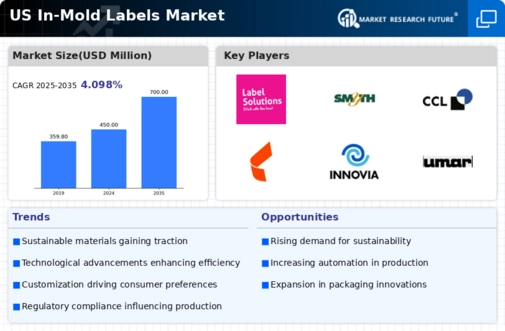
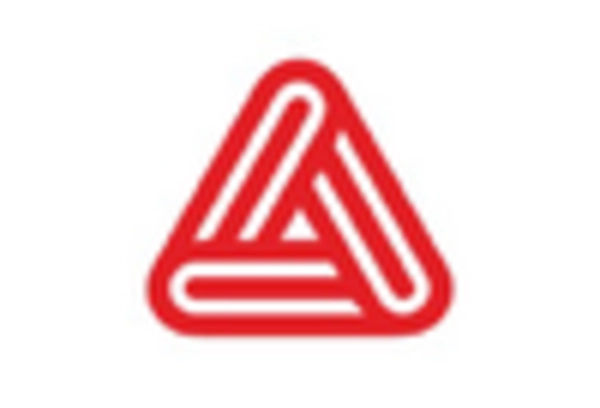
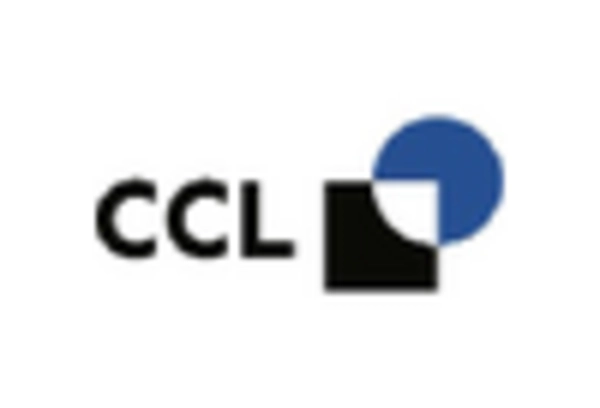
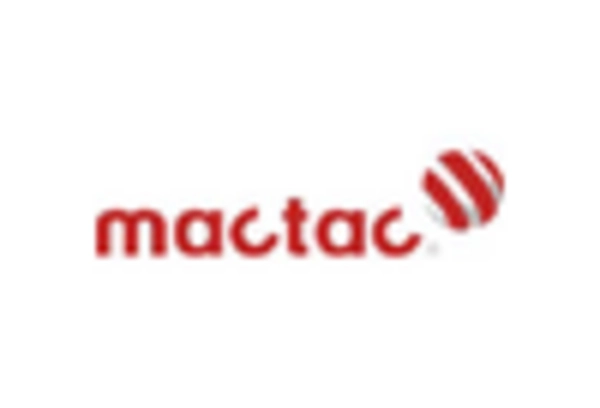
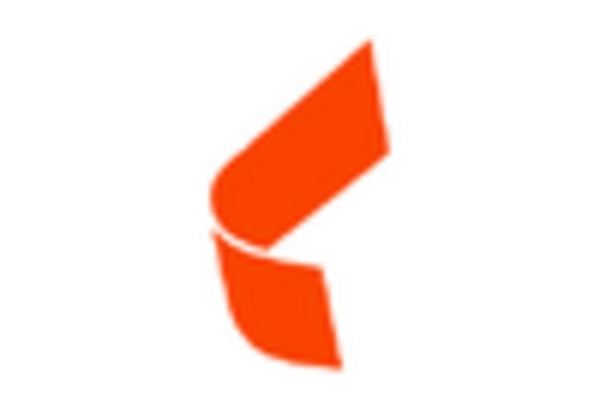
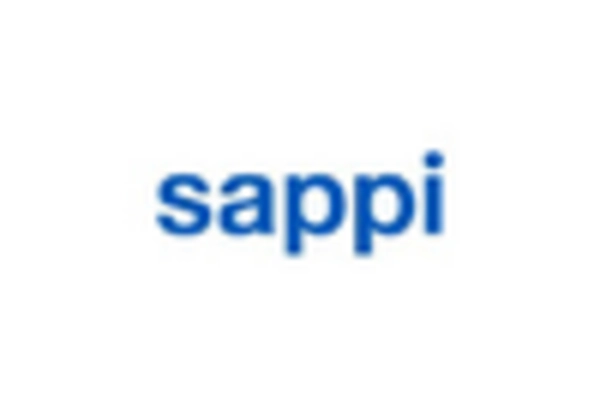
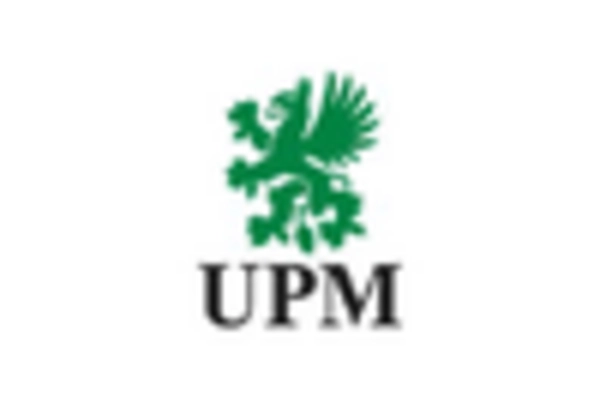








Leave a Comment